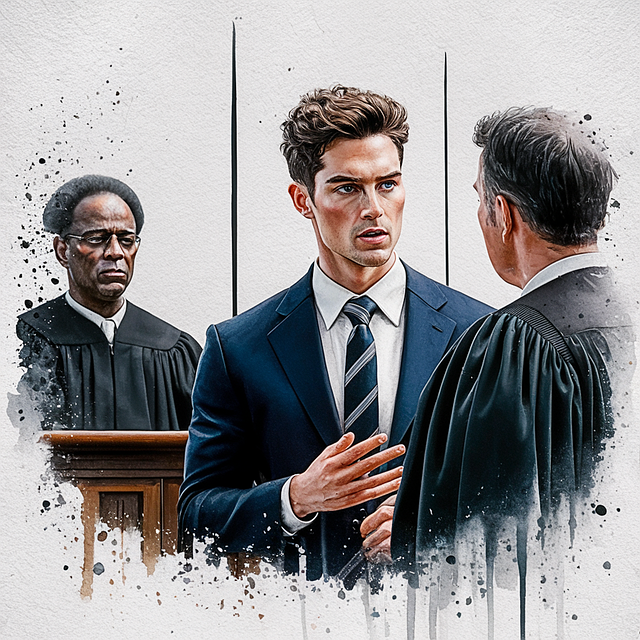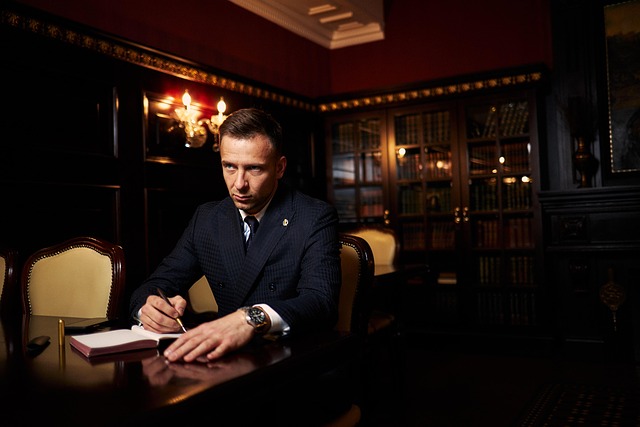The Impact of Jury Demographics on Verdicts significantly shapes outcomes in public corruption cases, influenced by socio-economic backgrounds and cultural norms. Diverse juries bring balanced perspectives but may struggle with complex financial evidence. Strategies to mitigate bias include a representative juror selection process, clear instructions, and effective communication, ensuring fair trials and restoring community trust in the justice system.
“Uncovering the intricate web of public corruption charges and their impact on justice is the focus of this comprehensive guide. We explore the legal definitions and frameworks surrounding these complex issues, delving into how jury demographics play a pivotal role in shaping verdicts.
With an emphasis on research findings, we uncover the subtle yet significant influence of diverse jury compositions. Furthermore, we present strategies to mitigate bias, ensuring fair trials for all, especially in high-stakes corruption cases where public trust is paramount.”
- Understanding Public Corruption Charges: Definitions and Legal Framework
- The Role of Jury Demographics in Corrupting Justice
- Research Findings: How Jury Composition Influences Verdicts
- Mitigating Bias: Strategies for Ensuring Fair Trials in Corruption Cases
Understanding Public Corruption Charges: Definitions and Legal Framework
Public Corruption Charges refer to a range of illegal activities where public officials abuse their power for personal gain. This includes actions like bribery, embezzlement, fraud, and misusing public resources. Understanding these charges requires delving into the legal framework that governs them, which varies across jurisdictions but typically involves detailed statutes and regulations. The legal landscape is further shaped by case precedents, with each successful prosecution or acquittal influencing future interpretations of the law.
The impact of jury demographics on verdicts in public corruption cases cannot be overlooked. A diverse jury brings a variety of perspectives, experiences, and life histories that can enrich deliberations. However, the composition of the jury may also influence its perception of the defendants, particularly in cases involving white-collar and economic crimes. For instance, understanding the socio-economic backgrounds and cultural norms represented in the jury pool could provide insights into how they interpret complex financial transactions and legal arguments, potentially leading to a complete dismissal of all charges if the evidence does not resonate with their understanding of right and wrong.
The Role of Jury Demographics in Corrupting Justice
The makeup of a jury can significantly impact the outcome of judicial proceedings, especially in cases involving public corruption. The diverse demographics of a jury panel bring a range of perspectives and life experiences that may influence how they interpret evidence and ultimately render their verdicts. This is particularly crucial when dealing with complex cases where the line between right and wrong can be nuanced and subjective. Studies have shown that the presence of certain demographic groups, such as women, racial minorities, and individuals from varying socio-economic backgrounds, can lead to more balanced and fair judgments, ensuring an unprecedented track record of achieving extraordinary results in corruption cases.
On the other hand, if jury demographics are not representative of the broader community, it may inadvertently introduce bias into the legal process. This is especially true when political or philanthropic influences shape the selection criteria, potentially leading to outcomes that favor specific groups or interests. Juries should ideally reflect the tapestry of the communities they serve to maintain the integrity and perceived fairness of the justice system, fostering trust among all segments of society.
Research Findings: How Jury Composition Influences Verdicts
Recent research has shed light on the intriguing aspect of how jury composition significantly influences verdicts in criminal trials, especially those involving public corruption charges. Studies indicate that the demographics of a jury panel can play a pivotal role in shaping the outcome, going beyond the mere presentation of evidence and legal arguments. This is particularly relevant in cases where the accused are from diverse backgrounds, including corporate and individual clients accused of white-collar crimes.
The findings suggest that juries with a more diverse mix of individuals from various socioeconomic status, ethnic backgrounds, and gender identities tend to deliver more balanced verdicts. Conversely, homogenous juries may be more prone to bias, as they might unconsciously mirror the perspectives of their peers. This dynamic is particularly pertinent in cases involving complex financial schemes or political corruption, where the involvement of philanthropic and political communities can further complicate perceptions. Understanding these dynamics is crucial for ensuring fairness in the judicial process and promoting trust in the legal system.
Mitigating Bias: Strategies for Ensuring Fair Trials in Corruption Cases
Ensuring fairness in trials involving public corruption is paramount to maintaining public trust in the justice system. One significant challenge lies in mitigating bias, especially when dealing with complex white-collar and economic crimes cases. The impact of jury demographics on verdicts cannot be overlooked, as diverse juries can bring unique perspectives but may also face challenges in understanding intricate financial schemes.
To address this, several strategies can enhance the integrity of trials. Juror selection processes should strive for a balanced panel, representing various demographic groups and backgrounds. This diversity ensures that different viewpoints are considered, potentially reducing bias influenced by stereotyping or preconceived notions. Additionally, comprehensive jury instructions and clear explanations of legal concepts are crucial, especially in complex cases. Effective communication helps jurors understand the evidence and apply it objectively, enabling them to make informed decisions, thereby increasing the likelihood of winning challenging defense verdicts in these intricate public corruption cases.
The intricate relationship between public corruption charges and jury demographics highlights the need for a nuanced understanding of judicial fairness. Research indicating the impact of jury composition on verdicts underscores the importance of diverse and impartial juries in combating corruption. By recognizing and mitigating potential biases, legal systems can ensure that trials are free from undue influence, ultimately upholding justice and promoting transparency in corruption cases. Implementing strategies to foster an unbiased jury pool is a vital step towards revolutionizing the justice system and addressing the challenges posed by public corruption.






